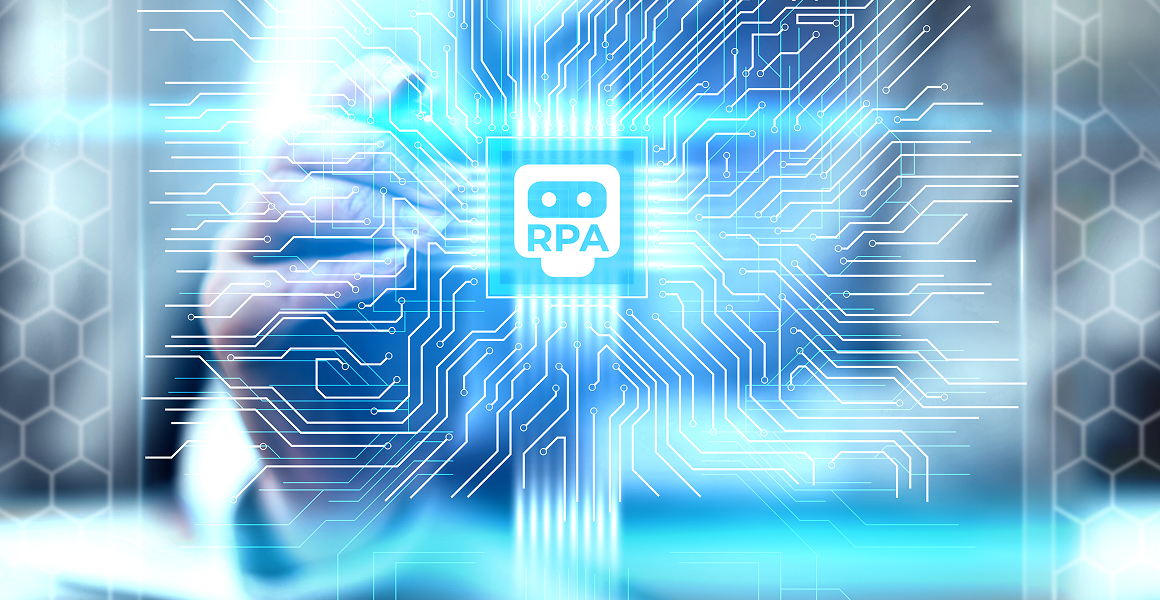Introduction
In a world where businesses are under constant pressure to do more with less, automation has become more than just a buzzword. It’s a necessity.
Robotic Process Automation (RPA) is one of the most impactful and accessible forms of automation available today, especially for organizations aiming to streamline operations, reduce costs, and increase efficiency without overhauling their entire IT infrastructure.
In this beginner’s guide, we’ll break down what RPA is, how it works, and why it matters in today’s digital-first world.
What Is Robotic Process Automation (RPA)?
RPA stands for Robotic Process Automation. It refers to the use of software robots, or «bots,» that can mimic human actions to perform repetitive, rule-based tasks. These bots can log into applications, move files and folders, copy and paste data, fill in forms, extract structured data from documents, and even interact with other digital systems just like a human would—but much faster and without fatigue or error.
Unlike traditional automation, which often requires deep system integrations and significant development, RPA works on the user interface level. This makes it highly flexible and non-invasive, enabling businesses to automate processes without altering their existing systems.
How RPA Works: A Simple Overview
Think of RPA as a digital workforce that can be trained to perform routine tasks. Here’s a step-by-step look at how it typically works:
- Process Identification: The business identifies repetitive, time-consuming tasks that follow a predictable pattern.
- Bot Design: Using RPA software, developers or business users design bots to execute the tasks.
- Training and Testing: The bots are tested in a controlled environment to ensure they perform accurately.
- Deployment: Once validated, the bots are deployed to execute tasks in real-time.
- Monitoring and Optimization: Bots are monitored for performance and continuously improved for efficiency.
Key Benefits of RPA
RPA offers numerous benefits to organizations of all sizes and across industries. Here are some of the most compelling advantages:
- Cost Savings: Bots can operate 24/7 without breaks or overtime, reducing the need for manual labor and associated costs.
- Improved Accuracy: Unlike humans, bots don’t make typos or forget steps, leading to higher data accuracy and fewer errors.
- Increased Efficiency: Tasks that take hours for humans can be completed in minutes by bots.
- Scalability: RPA solutions can be scaled up or down based on demand, allowing businesses to remain agile.
- Employee Satisfaction: By handling mundane tasks, RPA frees employees to focus on higher-value, strategic work.
Common Use Cases of RPA
RPA is widely used across industries. Below are some of the most common applications:
- Finance & Accounting: Automating invoice processing, account reconciliation, and financial reporting.
- Human Resources: Managing employee onboarding, payroll processing, and benefits administration.
- Customer Service: Handling routine customer queries, updating customer records, and generating reports.
- Healthcare: Scheduling appointments, processing insurance claims, and managing patient records.
- Retail & E-commerce: Managing inventory, processing returns, and updating product listings.
Is RPA Only for Large Enterprises?
Not at all. One of the biggest misconceptions is that RPA is only suitable for large corporations.
Thanks to the rise of cloud-based RPA platforms and user-friendly tools, small and medium businesses (SMBs) can also leverage automation to boost productivity. Many RPA vendors now offer solutions tailored to SMBs, with affordable pricing and low-code interfaces that make adoption easier than ever.
RPA vs. Artificial Intelligence: What’s the Difference?
While RPA and Artificial Intelligence (AI) are often mentioned together, they serve different purposes:
- RPA is rule-based and performs deterministic tasks that follow a clear set of instructions.
- AI involves learning and decision-making based on data, making it ideal for handling unstructured information and complex scenarios.
That said, RPA and AI can be combined to create intelligent automation solutions that can both mimic human actions and make smart decisions.
Getting Started with RPA
If you’re new to RPA, here are some steps to begin your automation journey:
- Assess Opportunities: Look for high-volume, repetitive tasks within your organization.
- Choose the Right Tool: Evaluate RPA platforms based on your technical capabilities, budget, and business goals.
- Start Small: Begin with a pilot project to validate your approach and build internal support.
- Scale Strategically: Once proven, expand automation to other departments and processes.
Conclusion
RPA is transforming the way businesses operate by enabling faster, cheaper, and more accurate task execution. Whether you’re running a small business or managing operations in a large enterprise, the potential benefits of RPA are too significant to ignore.
By understanding what RPA is and how it can be applied, you’re already one step closer to unlocking new levels of efficiency and innovation.
At RPA Automations, we’re here to help you navigate the world of automation and implement solutions tailored to your business needs. Ready to explore what’s possible? Let’s automate your success.
.


